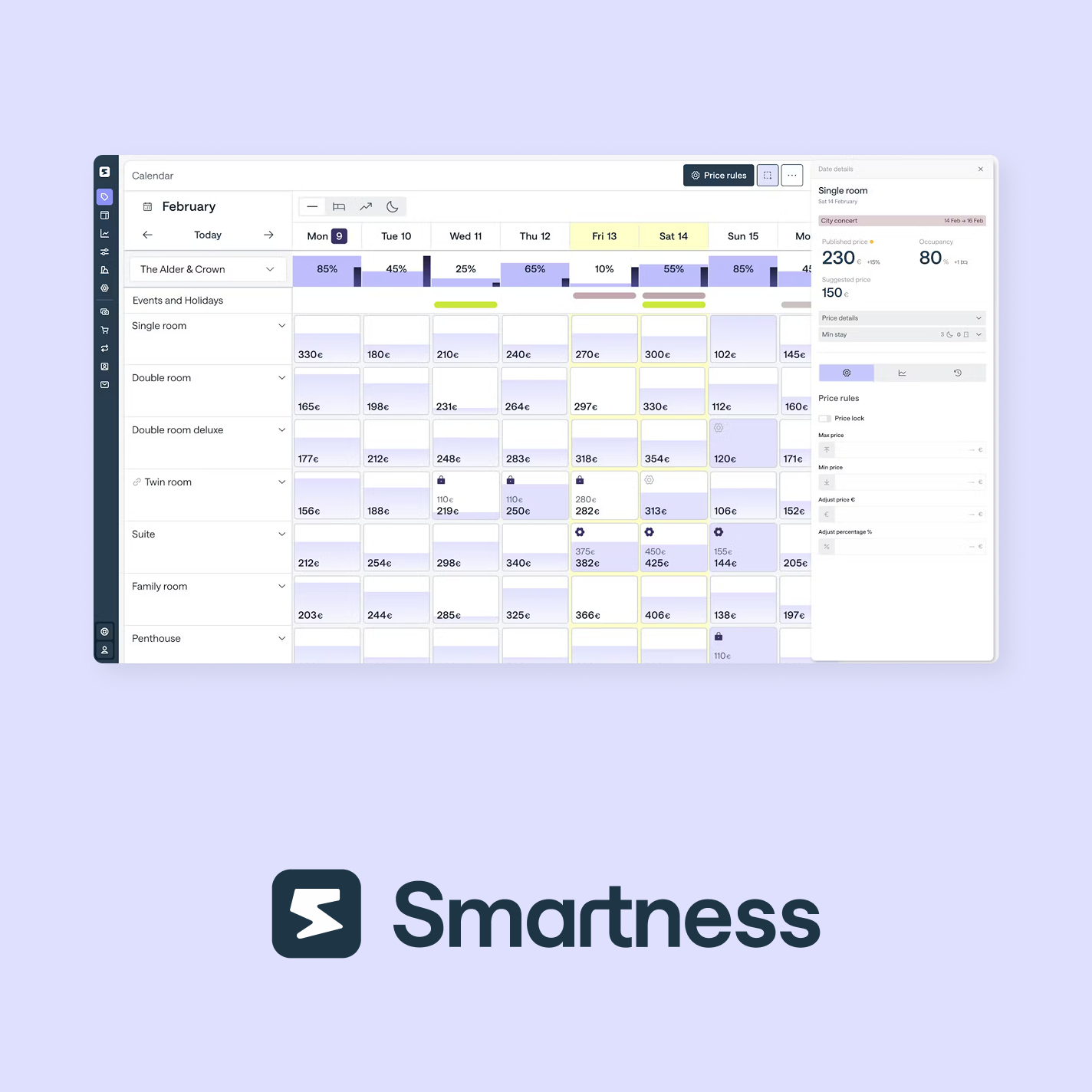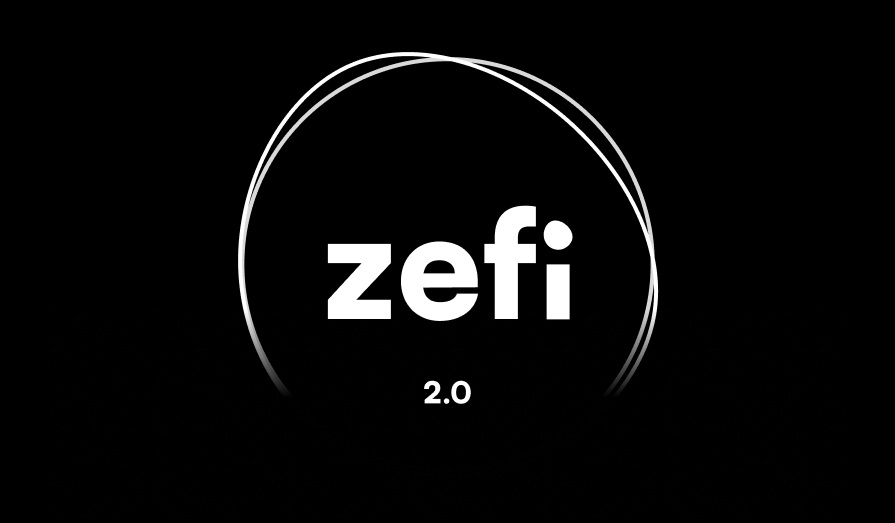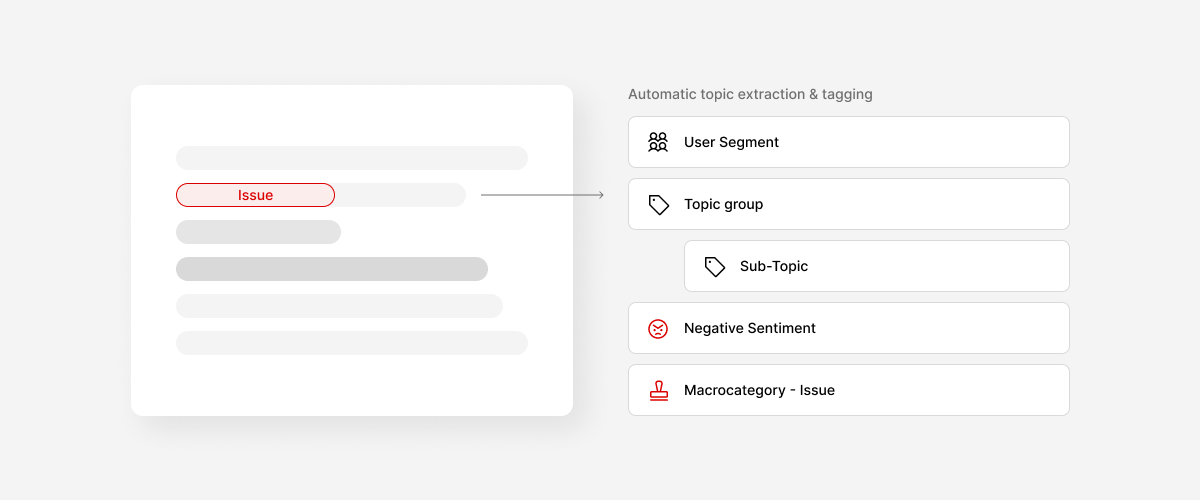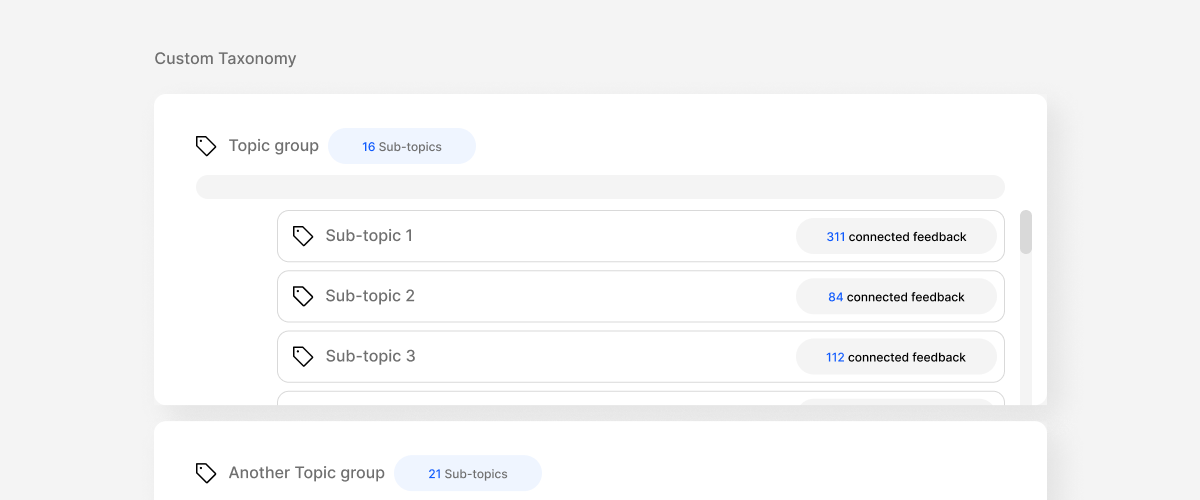Voice of Customer for Product Managers, explained well.
Why is it important for Product Managers to consider the Voice of Customer?
The Power of Voice of the Customer (VOC) in Product Management
Understanding and incorporating the Voice of the Customer (VOC) is fundamental to successful product management. It acts as a vital compass, guiding product direction and ensuring your offering remains relevant and impactful in a dynamic market. Here's how prioritizing VOC empowers product managers:
1. Precision in Product Direction: By actively listening to customer needs, wants, and pain points, you gain invaluable insights that steer product development towards features and improvements with the highest user resonance.
2. Efficient Resource Allocation: VOC eliminates the need for guesswork. By prioritizing feedback-driven initiatives, you focus your valuable time, money, and talent on projects demonstrably desired by your customer base.
3. Cultivating Customer Loyalty: Integrating customer feedback into your product roadmap fosters a sense of ownership and loyalty among your users. They become invested in your product's success and are more likely to champion it to others.
4. Spotting Emerging Trends: VOC serves as an early warning system, allowing you to identify shifting market demands and adapt your product accordingly. This proactive approach ensures you stay ahead of the curve and capitalize on new opportunities.
5. Reducing Negative Surprises: Regularly gauging customer sentiments minimizes the risk of being caught off guard by sudden market shifts or unforeseen customer pain points. VOC enables proactive problem-solving and continuous improvement.
6. Boosting Sales and Growth: Products that closely align with customer needs naturally resonate better in the market. This translates to positive reviews, increased referrals, and ultimately, sustained growth.
7. Enhancing Brand Reputation: A company that demonstrates commitment to customer feedback fosters a positive brand image. This not only enhances brand equity but also encourages further candid feedback, creating a continuous cycle of improvement.
By treating VOC as your guiding compass, you ensure your product remains firmly on course, delivering exceptional value to the customers you serve. Remember, a product that resonates with its users is a product destined for success.
Let VOC be your North Star, ensuring your product aligns perfectly with the needs of your target audience.
What role does a Product Manager play in capturing Voice of Customer?
The Product Manager: Championing the Voice of the Customer
Product managers play a critical role in capturing and amplifying the Voice of the Customer (VOC). They act as the primary listener, actively seeking feedback through surveys, interviews, and dedicated channels. Every voice, suggestion, and critique is valued, ensuring a comprehensive understanding of customer needs and concerns.
Once gathered, this feedback becomes the foundation for in-depth analysis. Product managers transform into data detectives, sifting through information to identify patterns, uncover pain points, and discover potential opportunities.
However, navigating this vast amount of diverse feedback requires prioritization. Not all suggestions can be implemented immediately. Product managers strategically weigh suggestions against the product roadmap, business goals, and available resources, ensuring the chosen path aligns with the highest priorities.
Beyond gathering and analyzing, product managers are evangelists for the customer's voice. They effectively communicate these insights across departments, bridging the gap between customer needs and organizational actions. By ensuring everyone understands the "why" behind product decisions, teams are empowered to deliver solutions that resonate with users.
The journey doesn't end with implementation. Product managers establish iterative feedback loops. They reconnect with customers to gauge the effectiveness of the changes and ensure the product continues to evolve in accordance with real-world user experiences.
In essence, product managers are champions of the customer. By prioritizing the VOC in every discussion and decision, they not only meet but strive to exceed user expectations. Through the VOC, product managers ensure the "pulse" of the customer guides and enriches the product's entire journey.
How do you capture Voice of Customer?
Exploring the Toolkit for Capturing Voice of the Customer (VOC)
While there's no single "magic bullet" for capturing VOC, a diverse toolbox can be strategically utilized to gain valuable insights. Here are several methods, each offering distinct advantages and considerations:
1. Surveys: Efficiently gather structured feedback through direct questions. Gauge customer satisfaction, identify areas for improvement, and collect quantitative data for further analysis.
2. Interviews: Dive deeper through one-on-one conversations. Understand customer experiences, preferences, and challenges in greater detail, gaining rich qualitative insights.
3. Focus Groups: Foster collaborative discussions and gather diverse perspectives by bringing customers together. Witness firsthand the range of reactions and opinions in a communal setting.
4. Feedback Forms: Offer easy, ongoing feedback channels on your website, within the product, or via email. Capture spontaneous user comments and encourage ongoing engagement.
5. Usability Testing: Observe real-world user interactions with your product. Identify usability issues, gain insights into the user journey, and discover points of friction that hinder user experience.
6. Social Media & Forum Monitoring: Practice passive listening by tracking online conversations about your product or related topics. Gain a pulse on public sentiment and identify emerging concerns.
7. Customer Support Engagement: Leverage the direct communication channel provided by your customer support team. Analyze trends in complaints, queries, and user feedback to understand recurring issues and identify areas for improvement.
By combining these methods and adapting them to your specific context, you can build a robust VOC program that empowers you to make informed product decisions, continuously improve user experience, and ultimately drive product success.
What are the the roadblocks and challenges on the Path to Capturing Voice of Customer (VOC)
While the benefits of VOC are undeniable, capturing it effectively presents several challenges for product managers:
1. Information Avalanche: The sheer volume of incoming feedback, especially in today's digital age, can be overwhelming. Efficient systems for prioritization and analysis are crucial to manage and extract valuable insights from this data flood.
2. The Vocal Few vs. the Silent Majority: Often, a small number of vocal customers dominate the conversation, potentially skewing the perception of overall user sentiment. Careful interpretation is necessary to avoid overemphasizing these voices and neglecting the opinions of the silent majority.
3. The Fog of Ambiguity: Vague customer feedback, lacking specific details about pain points, can be difficult to translate into actionable steps. Probing deeper to understand the "why" behind the feedback is crucial for deriving concrete solutions.
4. Metrics Misdirection: Relying solely on quantitative data, without understanding the underlying qualitative context, can lead to misleading interpretations. Balancing quantitative metrics with qualitative insights provides a complete picture of customer experience.
5. The Social Chameleon Effect: Customers might unintentionally provide responses they perceive as "desirable" during feedback sessions, rather than expressing their genuine opinions. Creating a safe and honest environment is critical to gather authentic and valuable insights.
6. The Shifting Landscape: Customer needs and market trends are constantly evolving. Regularly refreshing your VOC insights ensures you're working with the most current and relevant information to guide product decisions.
7. Resource Constraints: Implementing a successful VOC program requires significant commitment in terms of time, effort, and financial resources. Striking a balance between investment and return on investment is essential.
8. Confirmation Bias Trap: Product teams, like any group, can unconsciously gravitate towards feedback that aligns with their existing beliefs, potentially overlooking valuable contrary insights. Maintaining an objective and open-minded approach is crucial for effective VOC analysis.
By being aware of these challenges and implementing appropriate strategies, product managers can overcome these roadblocks and successfully capture the true Voice of the Customer, ensuring their products are crafted to meet the needs and expectations of their user base.
Building a Voice of Customer (VOC) Strategy: A Flexible Framework
While the specific approach may vary based on your company size, goals, and product, here's a robust framework to craft your VOC strategy:
1. Define Your Why:
- Establish your goals: Identify the driving force behind your VOC program. Do you aim to boost customer satisfaction, minimize churn, or refine product features? Set clear and measurable objectives to track your progress.
2. Assemble Your Team:
- Identify stakeholders: Pinpoint individuals and departments crucial to the VOC process within your organization.
- Secure buy-in: Gain the support of decision-makers to ensure smooth program implementation.
3. Craft Your Data Collection Toolkit:
- Surveys: Gather quantitative data through surveys distributed post-purchase, after customer support interactions, or regularly.
- Interviews: Conduct in-depth, one-on-one interviews with customers to gain qualitative insights into their experiences.
- Focus Groups: Organize discussions with targeted customer groups to explore specific topics or areas of interest.
- Social Media & Online Reviews: Actively monitor online conversations about your product to understand broader sentiment and identify emerging concerns.
- Net Promoter Score (NPS): Gauge customer loyalty through a simple question: "How likely are you to recommend our product/service to a friend?"
4. Implement Seamless Feedback Gathering:
- Select and integrate tools: Choose appropriate tools for your chosen data collection methods. Leverage survey platforms, CRMs, or social listening tools depending on your needs.
- Respectful data collection: Ensure your methods are not intrusive and prioritize user privacy.
5. Unveil the Voice Within the Data:
- Embrace a holistic approach: Employ both quantitative and qualitative data analysis to gain a comprehensive understanding.
- Seek patterns and trends: Identify recurring themes, issues, and compliments within the data.
- Prioritize wisely: Weigh the frequency and business impact of feedback to determine priority areas for action.
6. Share the Insights, Spark Action:
- Disseminate findings: Regularly communicate key VOC insights to relevant departments like product, customer service, and marketing.
- Actionable insights: Don't just present data; showcase its potential to drive tangible change and improvement.
7. From Insights to Action:
- Develop an action plan: Translate insights into actionable steps based on identified priorities.
- Embrace continuous improvement: Address areas with negative feedback, enhance successful features, and continually refine your product based on customer needs.
8. Measure, Adapt, and Celebrate:
- Track and monitor: Monitor the impact of actions taken and their outcomes.
- Regular evaluation and adaptation: Periodically reassess and refine your VOC strategy to ensure its effectiveness. Celebrate successes and champion the value of VOC within your organization.
9. Closing the Loop: Building Trust and Transparency:
- Acknowledge and appreciate: When changes are implemented based on customer feedback, inform them. This reinforces trust and demonstrates that their voices are heard and valued.
10. Continuous Improvement: A Journey, Not a Destination:
- Expand and evolve: Over time, consider broadening your VOC program to cover additional touchpoints or gather new types of feedback.
- Refine your approach: Continuously reassess and refine your strategy to maintain its effectiveness and adapt to evolving customer needs.
By following this framework and adapting it to your specific context, you can build a robust VOC program that empowers you to make informed decisions, continuously improve your product, and cultivate lasting customer loyalty.



























